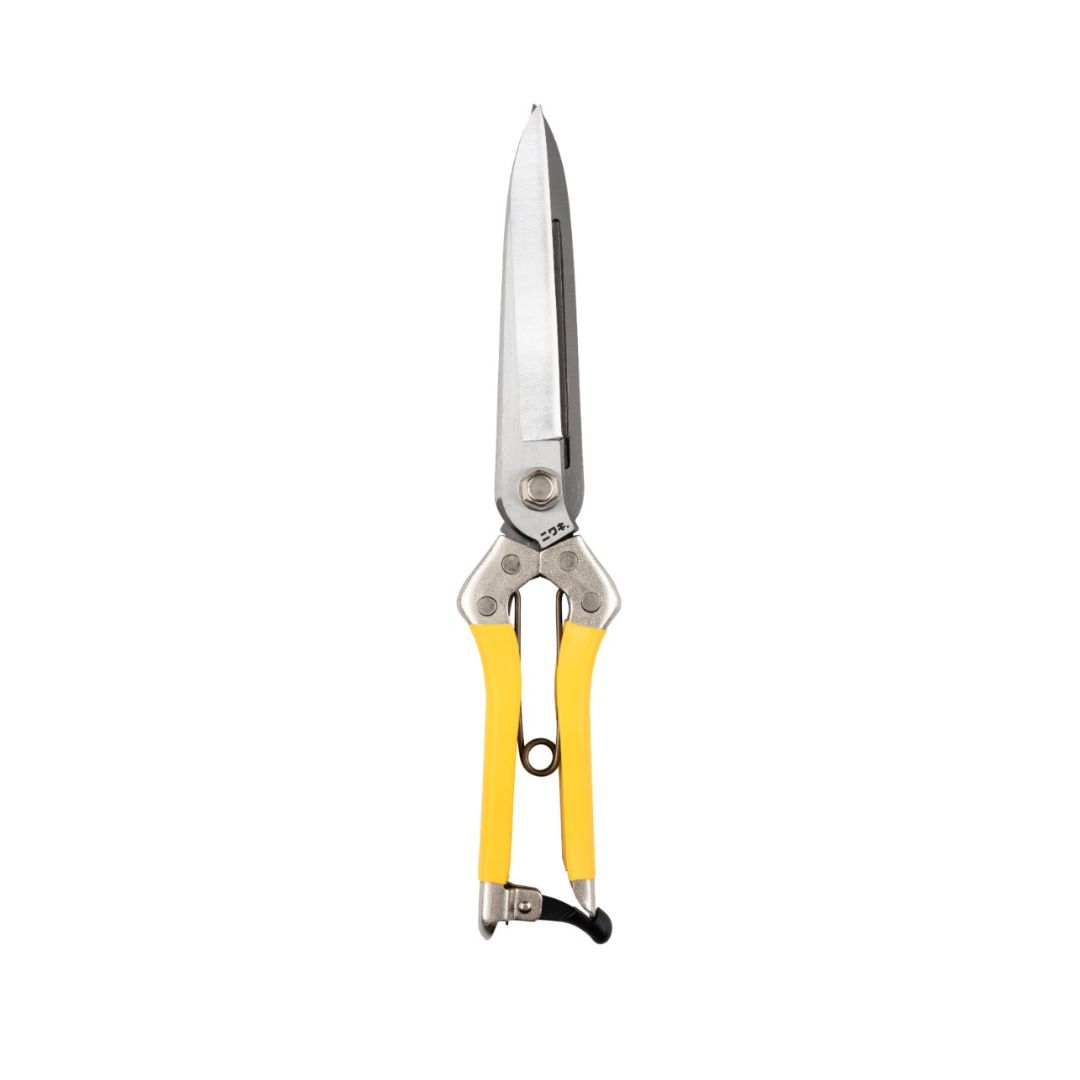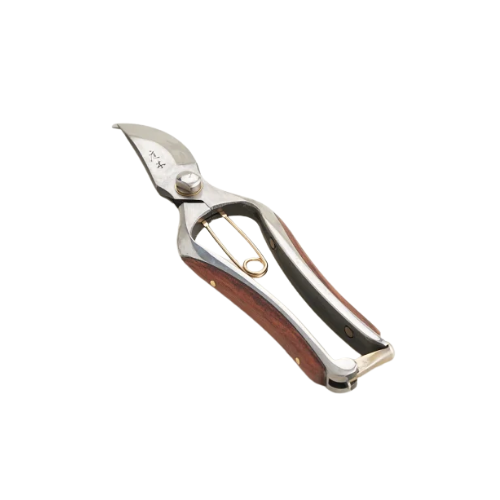I Visited The Newt Hotel to Test My Hand At 'Creative Pruning' With the Best Japanese Tools — Here's What I Learned
This gardening technique is the secret to the most eye-catching landscapes that last throughout the year


Despite only being a few short hours away from London, arriving at The Newt felt somewhat like stepping foot into a different world. As soon as we stepped out of the car, after a drizzly, but short ride from the nearby station, the rain came to an immediate halt, and not a single drop was shed for the rest of the trip, despite an ominous forecast. That, in many ways, set the tone for my experience at The Newt.
Once the sunshine peeked out, we made our way through the hotel's endlessly beautiful gardens to their glasshouse restaurant, where we had a clear view across the landscape. Brightly colored tulips painted the walkways, and blossom-studded apple trees twisted and turned around one another, like something from a fairy tale.
So, when the specialist fruit grower, affectionately known as Andy Apples, handed me a razor-sharp pair of secateurs and encouraged me to chop off stray branches from his expertly trained trees, I was more than slightly nervous. As a true novice gardener, I was plagued with the unshakeable image of me ruining years of hard work and destroying the magic of The Newt. However, as I quickly learned, when equipped with the right tools, pruning can be an enjoyable, even relaxing task. And when the tools in question are a collaboration between Somerset hotel, The Newt, and Japanese gardening tool brand Niwaki, you can be sure to expect the best.
Inspired by The Newt's twirling trained apple blossom trees, and armed with a new set of Niwaki tools, I asked expert gardener, Andy 'Apple' Lewis, and Niwaki founder Jake Hobson for an encompassing guide on the art of pruning so that I can recreate the magic in my own garden.
What Is Creative Pruning?
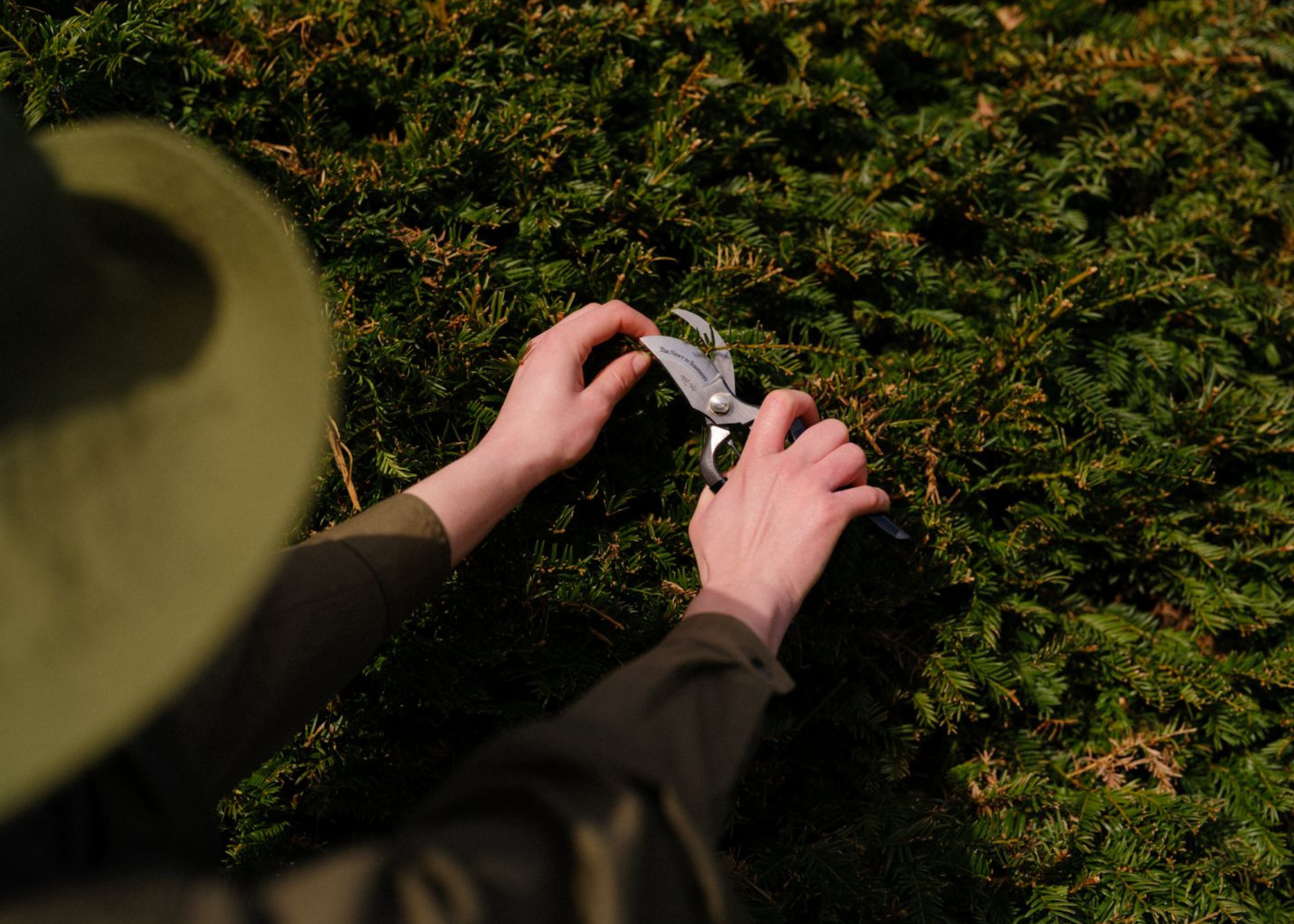
"We approach our tools with the same care and attention to detail that The Newt has given to their spectacular site," says Jake.
Throughout my stay at The Newt, the sheer beauty of the hotel's endless gardens was, in many ways, the standout feature of the trip. Each corner showed such great intentionality in its design, mainly due to, as I later learnt, the art of creative pruning.
But what is creative pruning? Well, there's no one more suited to offering an answer to this question than Niwaki's founder, Jake Hobson. Having authored two books on the topic, The Art of Creative Pruning and Niwaki: Pruning, Training, and Shaping Trees the Japanese Way, Jake has a deep understanding of the history and practice of this approach.
"Creative Pruning isn’t necessarily any different from standard pruning, but it implies thinking about pruning as part of the garden as a whole, rather than for the maintenance of just one plant," Jake explains.
Be The First To Know
The Livingetc newsletters are your inside source for what’s shaping interiors now - and what’s next. Discover trend forecasts, smart style ideas, and curated shopping inspiration that brings design to life. Subscribe today and stay ahead of the curve.
Creative pruning encourages you to adopt a holistic approach to your garden design, taking a step back to view your landscape as a whole, rather than just a collection of distinct plants.
"It can include topiary, fruit tree pruning techniques, Japanese cloud pruning, woodcrafts such as pollarding and coppicing, as well as more familiar ideas such as ‘crown raising’ (where you cut off lower branches of a tree or shrub to reveal the trunk). Really, creative pruning is a way to add sculptural interest to the garden," he says.
This style of pruning naturally creates what you may spend thousands on through architectural additions or dramatic art pieces. It also adds a more personal element to your garden design, acting as a visual expression of your creativity.
The Newt's specialist fruit grower, Andy 'Apples' Lewis, agrees with Jake, saying, "Creative pruning or espalier art is not that different from standard pruning as you are still looking to achieve a happy, healthy, productive, and well-maintained tree."
However, he continues, "The slight difference would be in looking at how you can make the utilitarian practice look as beautiful as possible and how you can work and manipulate the tree to accentuate and celebrate its features."
Creative pruning fosters a mindful, intentional approach to an otherwise mundane task, allowing you to connect more deeply with both your imagination and your surroundings.
How to Get Started
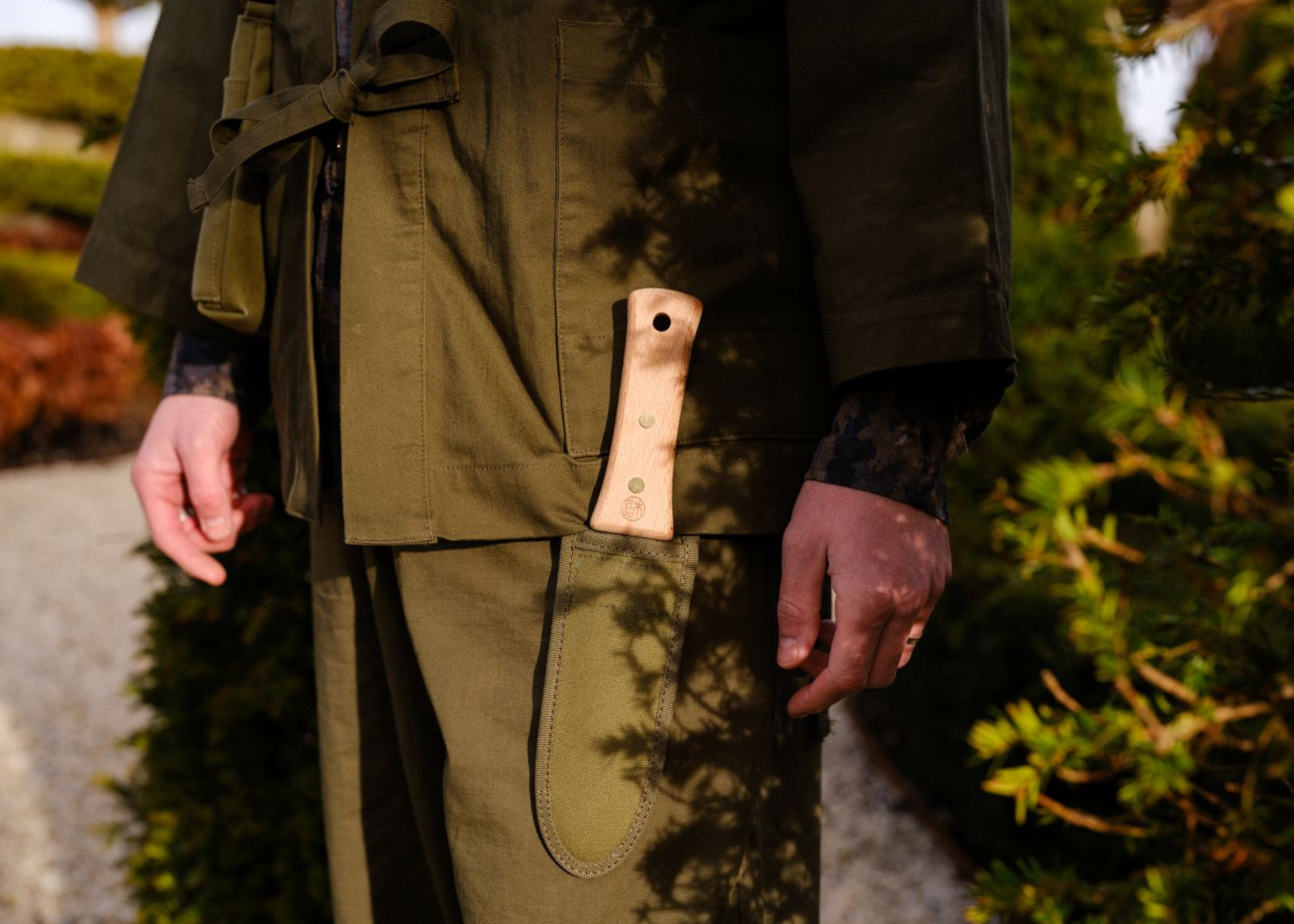
The Hori Hori is a versatile Japanese gardening tool for digging, weeding, and planting bulbs.
The overwhelming feeling when Andy handed me a pair of secateurs and encouraged me to start snipping away at his beautifully trained apple trees was quite simply one of fear. What if I ruined all his hard work, destroyed the blooming branches? Overcoming this intimidation was the first step in developing my pruning skills.
"The last thing we want to do is to intimidate our visitors and observers of our trees and work," says Andy, "What we are looking to do is to inspire and enthuse our garden visitors. It is the artistic and creative part behind the pruning and training that is the most fun."
As one of the top gardeners at The Newt, a large part of Andy's job is encouraging visitors to explore this art form.
"We run 10 fruit pruning workshops throughout the year here at The Newt, which also gives a wonderful insight and intro into everything we do," he says, "Signing up to a workshop is also a great way to get hands-on experience whilst getting real-time tuition. Books are great, but it's never quite as written or drawn when you step out into your garden with pruning tools in hand."
While having an experienced and encouraging gardener by your side is certainly a helpful way to begin this journey, that's not to say this technique cannot be explored from the comfort of your own garden.
"The best and easiest way to begin is to dive right in, buy yourself a young tree or whip, find a shape you like the look of, and off you go," Andy encourages.
Jake agrees with this approach, saying, "If you have a hedge, make the most of it. Add a wavy line rather than a straight top. Cut holes in it. Allow the sides to billow out. And go from there. Get stuck in, make a mess, and learn from observation. And don’t forget to have fun."
Building Up Your Toolkit
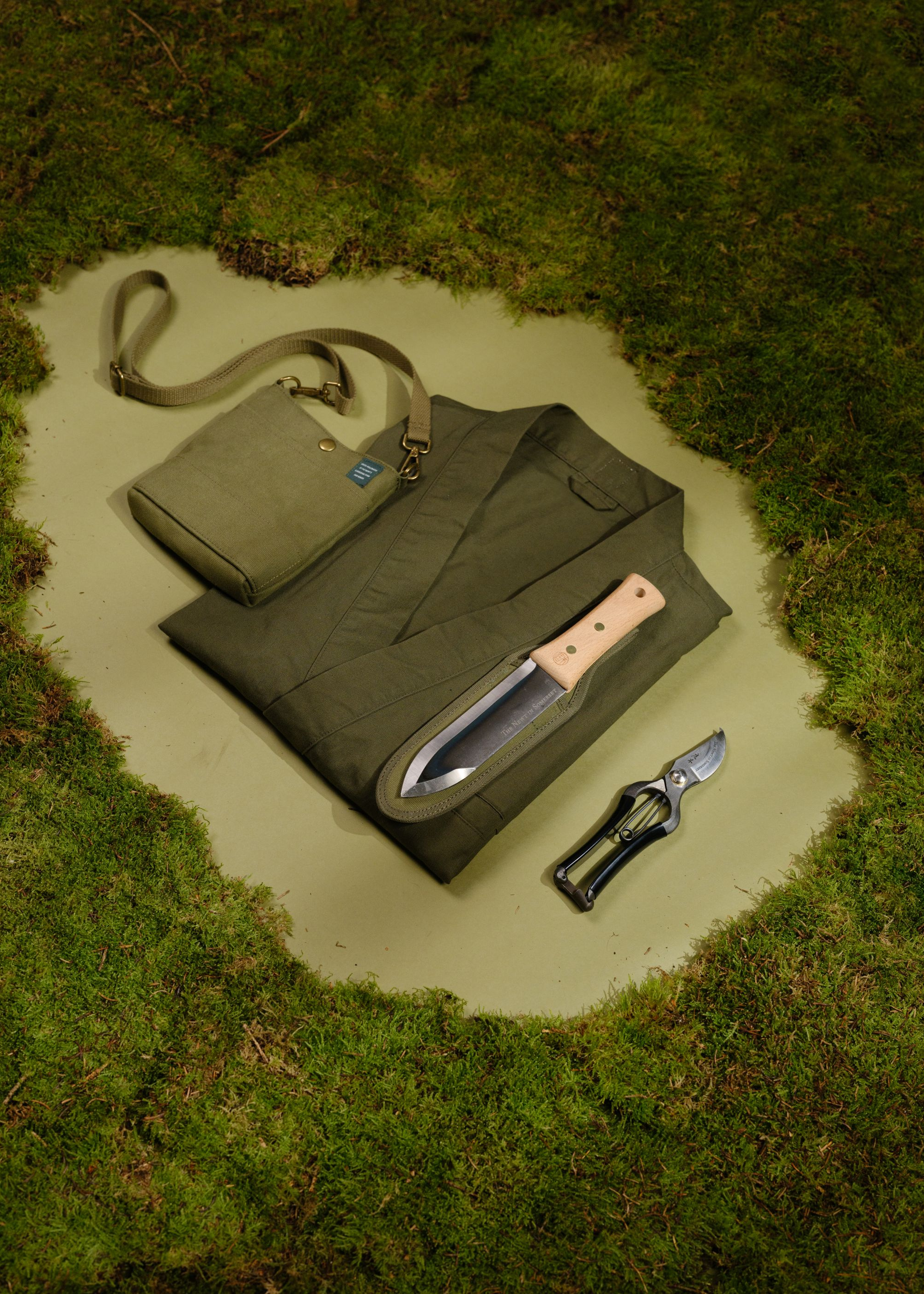
The collection will be available to shop online, at Niwaki’s Chiltern Street store, and at The Newt in Somerset from 2 May 2025.
Beyond a suitable tree or hedge, there are just a few other gardening tools you'll need to add to your kit before you can get started with your pruning.
"A good pair of secateurs, a well-balanced pair of shears, and a pruning saw are the holy trinity," says Jake, "look after them well, keep them clean and learn how to sharpen them - it’s easy and makes everything much more fun."
Andy echoes this sentiment, saying, "The key tool is certainly a good quality pair of secateurs. Additional tools or materials that are certainly going to come in handy are a sharp knife, twine of choice, sharpening stone, and a clean mate to keep tools super clean."
Armed with my shiny new set of Niwaki x The Newt carbon steel secateurs, the two blades cut through the sturdy apple branch with relative ease, a far cry from my experience at home, with my hand-me-down gardening tools.
"Generally, the more you spend, the better quality you get. There’s no saving in buying the cheapest tools from garden centres," Jake explains.
While budget offerings are always an appealing place to start, working with low-quality tools can significantly alter your experience, making the process seem far more difficult than it needs to be.
"Japanese tools, in particular, combine good quality carbon steel with simple, reliable design that does the job well and looks and feels good," Jake says, "You’ve got to enjoy using tools and invest time in them."
Andy agrees, saying, "Like with good quality knives, over time, Japanese steel, along with the craftsmanship, has been found to be a superior product. Of course, gardeners will argue for hours about which particular secateurs or brand is best, and really the most important thing is that they are kept clean and sharp."
How to 'Train' a Fruit Tree

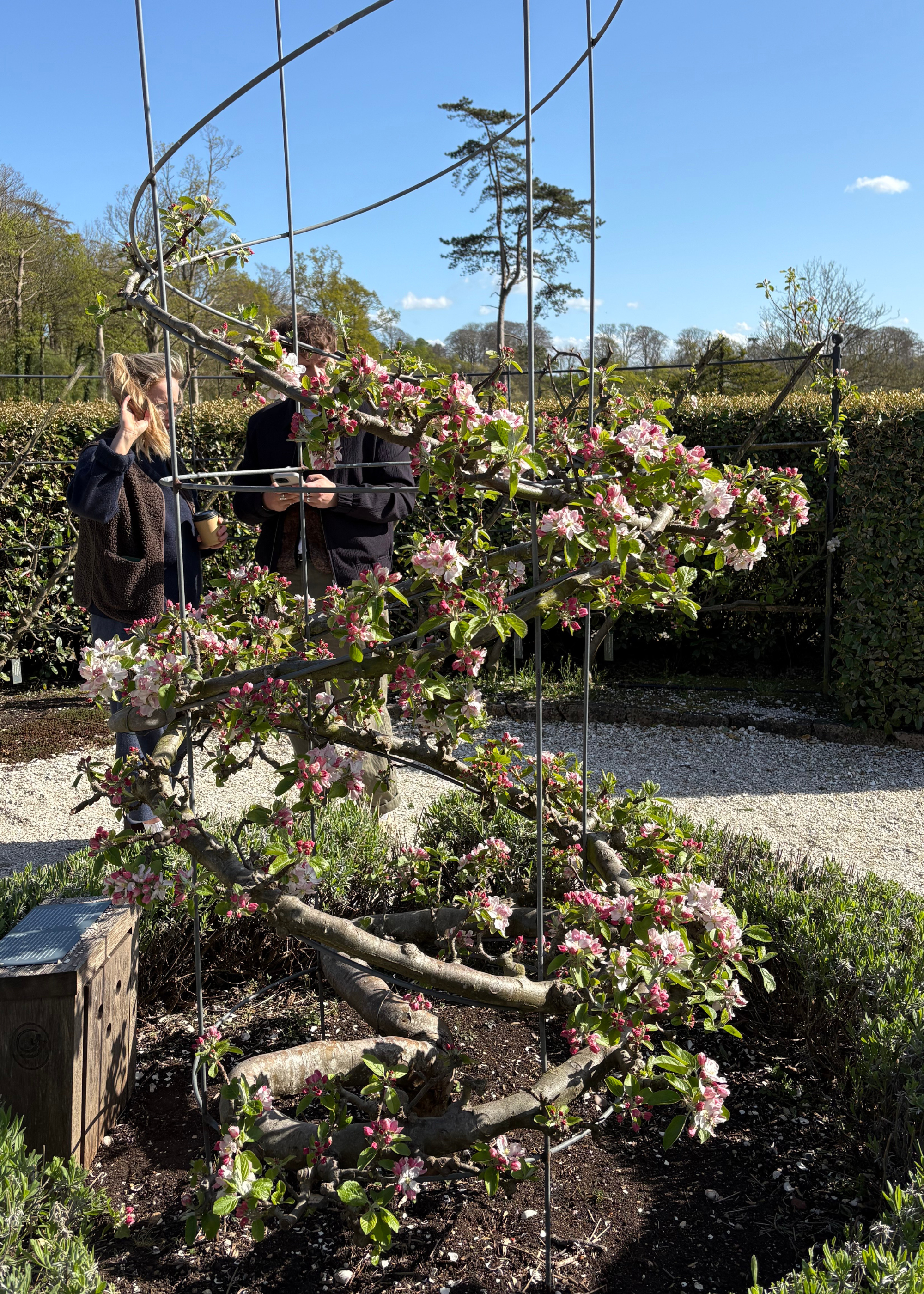
The gardens of The Newt are a testament to the absolute meticulous perfection practised by the gardening team there, and nowhere is this more clear than when observing their trained fruit trees. Leaning uniformly along a wall, or twirling around itself to form a spiral centrepiece, each branch is treated with the same eagle-eyed attention.
"Training fruit trees is a great project to start on because they should fruit right away, and reward you more and more each year," says Jake.
As impressive as this technique looks, both Jake and Andy insist that this is a great place for pruning novices to begin. "The trick is to have a shape in mind - visit gardens like the Newt for inspiration, and observe that they do," Jake suggests.
"My own favourite is the ‘step over’, when a branch is trained, often along a pathway, at knee height, (allowing you to step over it). Any plants from garden centres or local growers should work for this kind of project," he continues.
Speaking through your goals with a local grower or an employee at a garden centre can help steer you in the right direction and simplify the process.
"Apples and pears are two of the easiest types of fruit trees to train, so they are always a good starting point," says Andy, "Within 3-4 years after planting one could expect to have the beginnings of the framework and design of the tree and be enjoying both blossom and fruit. There is a whole range of fruit trees or shrubs out there that can be trained into a variety of shapes, some of which will bear fruit sooner than others, and some that will take a little more patience."
Creative Pruning for a Beautiful Garden, Year-Round

The perfectly trimmed topiary trees were just one of the several beautiful features in The Four Seasons Garden.

One of the most appealing benefits of creative pruning is that it allows your garden to maintain its beauty throughout the year. By adding rich visual interest through surprising forms and shapes, your garden's design can adapt to the seasons, remaining beautiful in deep winter as it is in full bloom.
"If we use fruit as an example, in Spring it will give you blossom and ideally displayed in a creative and interesting way. The addition of training against a beautiful wall can help to really get the plant to sing," says Andy.
He continues, "Through the summer, your plants will continue to grow, and you can have fun training new shoots and spurs to fill your space. Young fruits will continue to grow, which is a pleasure to see through the Summer months, but come Autumn time, you can reap the rewards of your work and pick and taste your skillfully and beautifully grown fruit."
Not just an aesthetic achievement, the reward of fresh produce from your garden is enough to convince even the most reluctant gardeners.
"By Autumn, your fruits will have coloured up and will certainly make your garden look beautiful, like jewels hanging from your well-displayed tree," says Andy.
Though the most impressive aspect of this technique is the beauty it can supply during the cold, dreary winter months. Using architectural plants in winter gardens can create a more layered, complex result.
"Winter can always be a tricky time in the garden but not for espaliered or trained fruits," Andy says, "I often recommend trained fruit as a plant or practice for winter interest as once the leaves have dropped away it reveals the beauty beneath of all your hard work, intricacy and creative splendour."
Jake agrees, saying, "Adding structure of trunks and branch shapes, as well as evergreens, is a great way to add winter interest. Then, in spring to autumn, these stinger forms look great with seasonal flowers and foliage growing amongst them. Imagine the yew topiary at Great Dixter, silhouetted in winter light, then gradually immersed in wild flower meadows as the summer progresses."

Niwaki's ultra-durable gardening gloves will protect you against any potential scratches or nicks, an essential when working with tools as sharp as these.
At the end of an inspiring two days, I loaded myself back onto the train, arriving back at Paddington two bags heavier, weighed down by a load of gleaming fresh produce I'd picked at The Newt's edible garden, as well as a perilously sharp Hori Hori knife.
While I may not have transformed my garden into anything reminiscent of the jaw-dropping landscapes I was surrounded by during my stay, I have certainly held these images in mind while working on my small, urban garden.

Maya Glantz is a Design Writer at Livingetc, covering all things bathrooms and kitchens. Her background in Art History informed her love of the aesthetic world, and she believes in the importance of finding beauty in the everyday. She recently graduated from City University with a Masters Degree in Magazine Journalism, during which she gained experience writing for various publications, including the Evening Standard. A lover of mid-century style, she can be found endlessly adding to her dream home Pinterest board.
-
 Don't Fall Into the Trap of These Tacky and Dated Patio Furniture Buys — Here, Designers Share the Styles to Shop Instead
Don't Fall Into the Trap of These Tacky and Dated Patio Furniture Buys — Here, Designers Share the Styles to Shop InsteadIt's time to retire those brightly-colored plastic chairs and ugly buttoned upholstery...
-
 10 Loft Stair Ideas That Turn Functional Steps Into a Stylish Statement
10 Loft Stair Ideas That Turn Functional Steps Into a Stylish StatementThese clever staircase solutions from designers and architects promise to elevate your space in more ways than one
-
 10 Garden Lighting Ideas to Illuminate Your Outdoor Space in Style When the Sun Goes Down
10 Garden Lighting Ideas to Illuminate Your Outdoor Space in Style When the Sun Goes DownFrom ambient glows to dramatic uplighting, discover ten creative ways to light every corner of your outdoor space
-
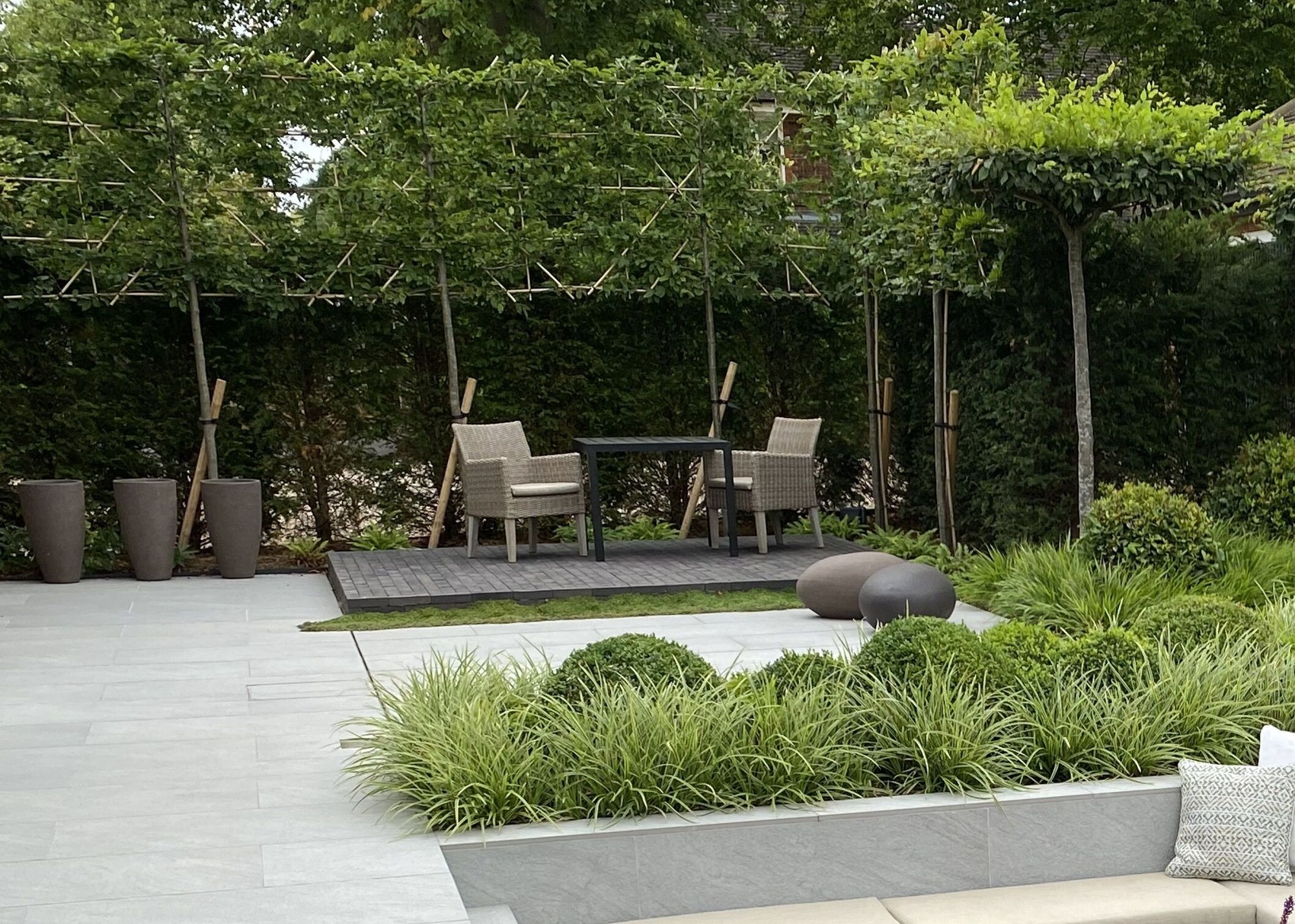 10 Garden Screening Ideas That Will Create Boundaries, Hide Eyesores, and Give You All the Privacy You Could Wish for
10 Garden Screening Ideas That Will Create Boundaries, Hide Eyesores, and Give You All the Privacy You Could Wish forWhether you want privacy, different zones or a pretty property boundary, discover some attractive screening ideas that garden designers and landscapers suggest
-
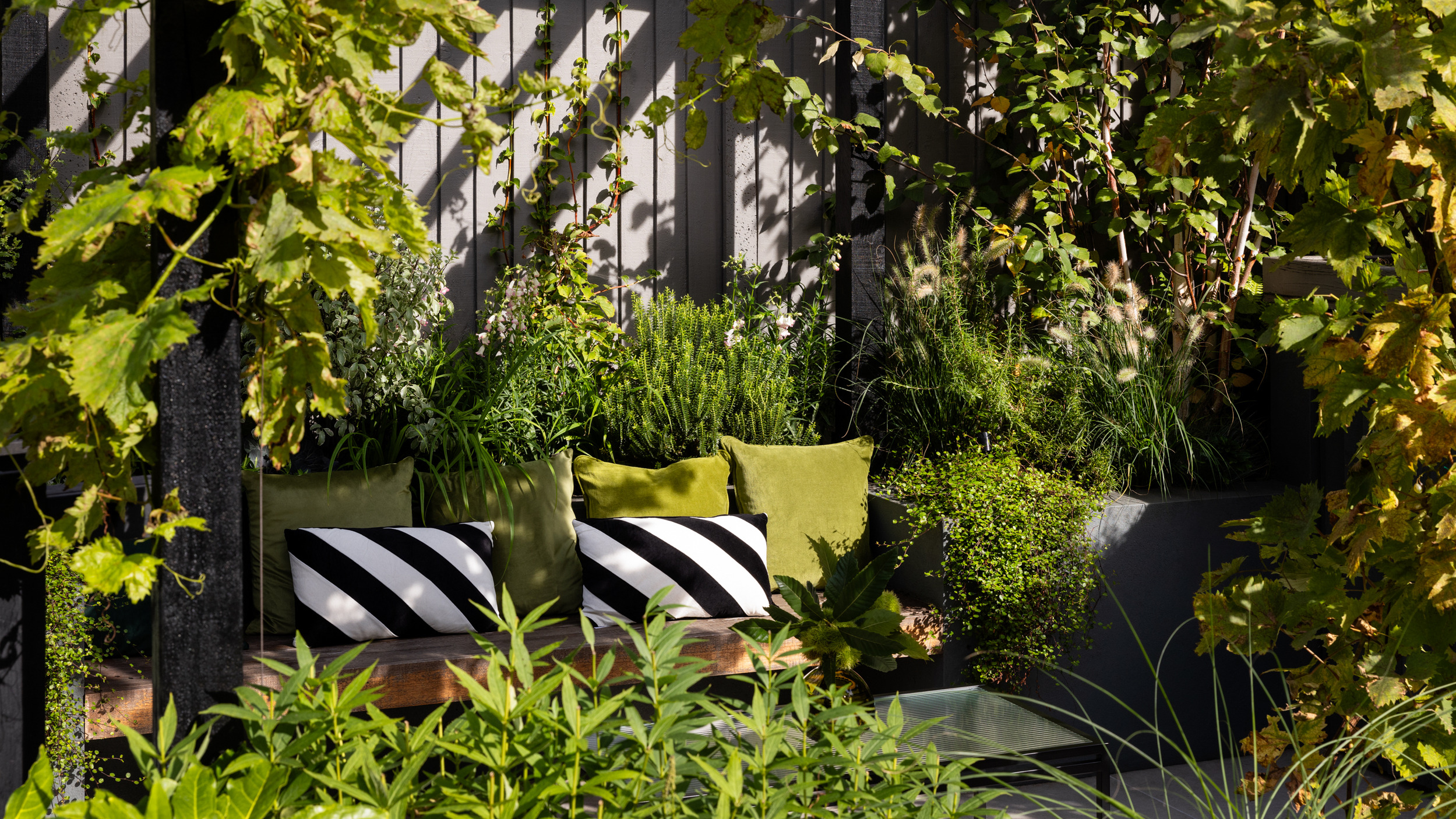 8 Garden Canopy Ideas to Create Shelter for Your Outside Space in Style
8 Garden Canopy Ideas to Create Shelter for Your Outside Space in StyleEnjoy your outdoor space for longer with these beautiful canopy ideas from garden designers and landscapers
-
 5 Outdated Garden Layouts You Should Avoid If You're Planning Your Outdoor Space Right Now
5 Outdated Garden Layouts You Should Avoid If You're Planning Your Outdoor Space Right NowFor a backyard design that feels current and contemporary, these are the outdated layouts that landscape designers want you to avoid
-
 Before and After — How a Designer Turned a Small City Dirt Plot Into a Garden With a Fireplace, Breakfast Bar, and Outdoor Shower
Before and After — How a Designer Turned a Small City Dirt Plot Into a Garden With a Fireplace, Breakfast Bar, and Outdoor ShowerDespite being in the heart of the city, this courtyard garden maintains the feeling of complete seclusion
-
 9 Garden Trends That Landscapers and Gardening Experts Say We'll Be Seeing This Year
9 Garden Trends That Landscapers and Gardening Experts Say We'll Be Seeing This YearSustainability and regenerative planting are the hottest topics of the moment
-
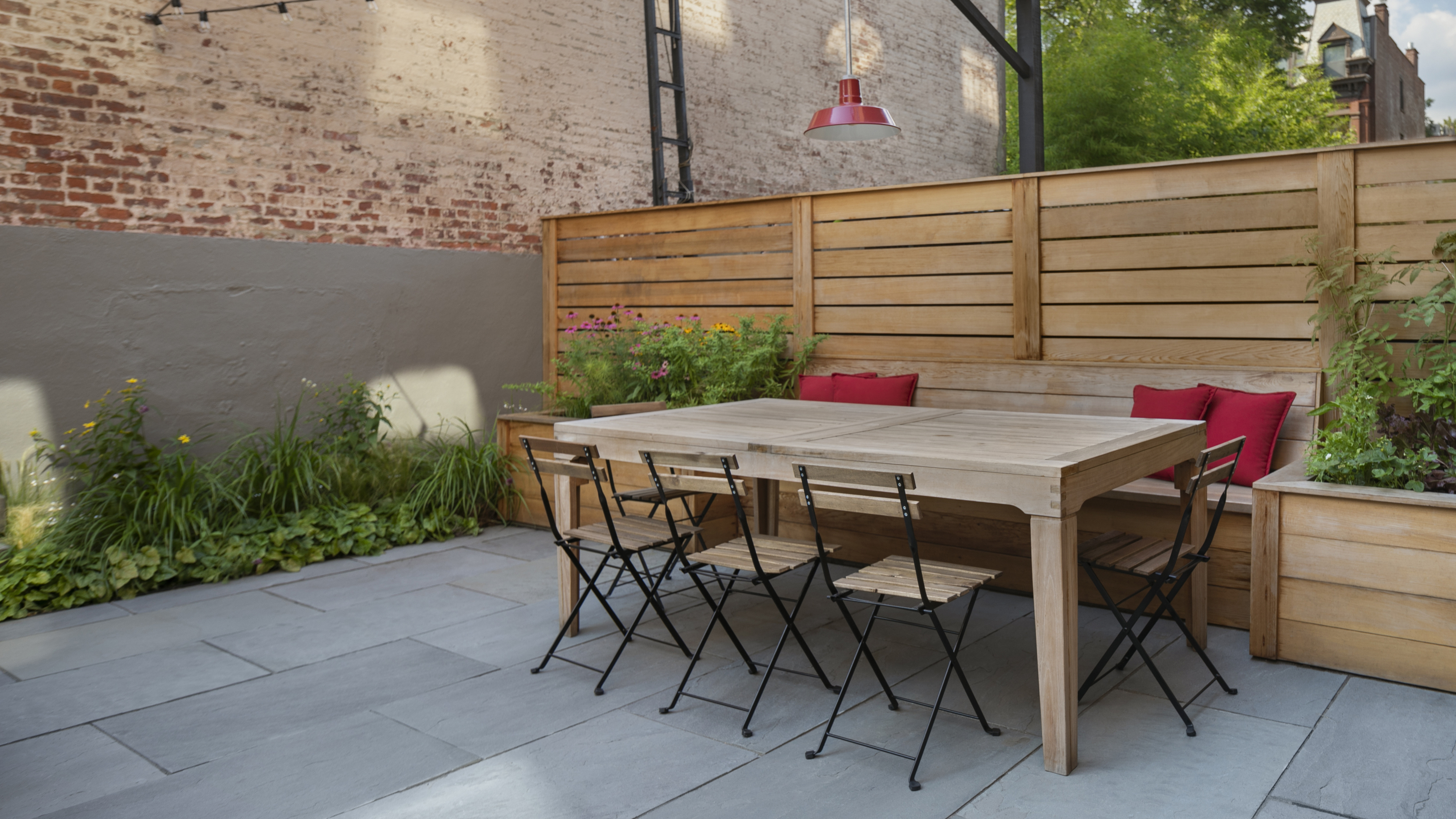 5 Things That Could Be Making Your Patio Look Cheap That Any Landscape Designer Worth Their Salt Would Notice
5 Things That Could Be Making Your Patio Look Cheap That Any Landscape Designer Worth Their Salt Would NoticeNow is the time to prime your patio for the spring-summer season, but steer clear of these common pitfalls that could be devaluing your space
-
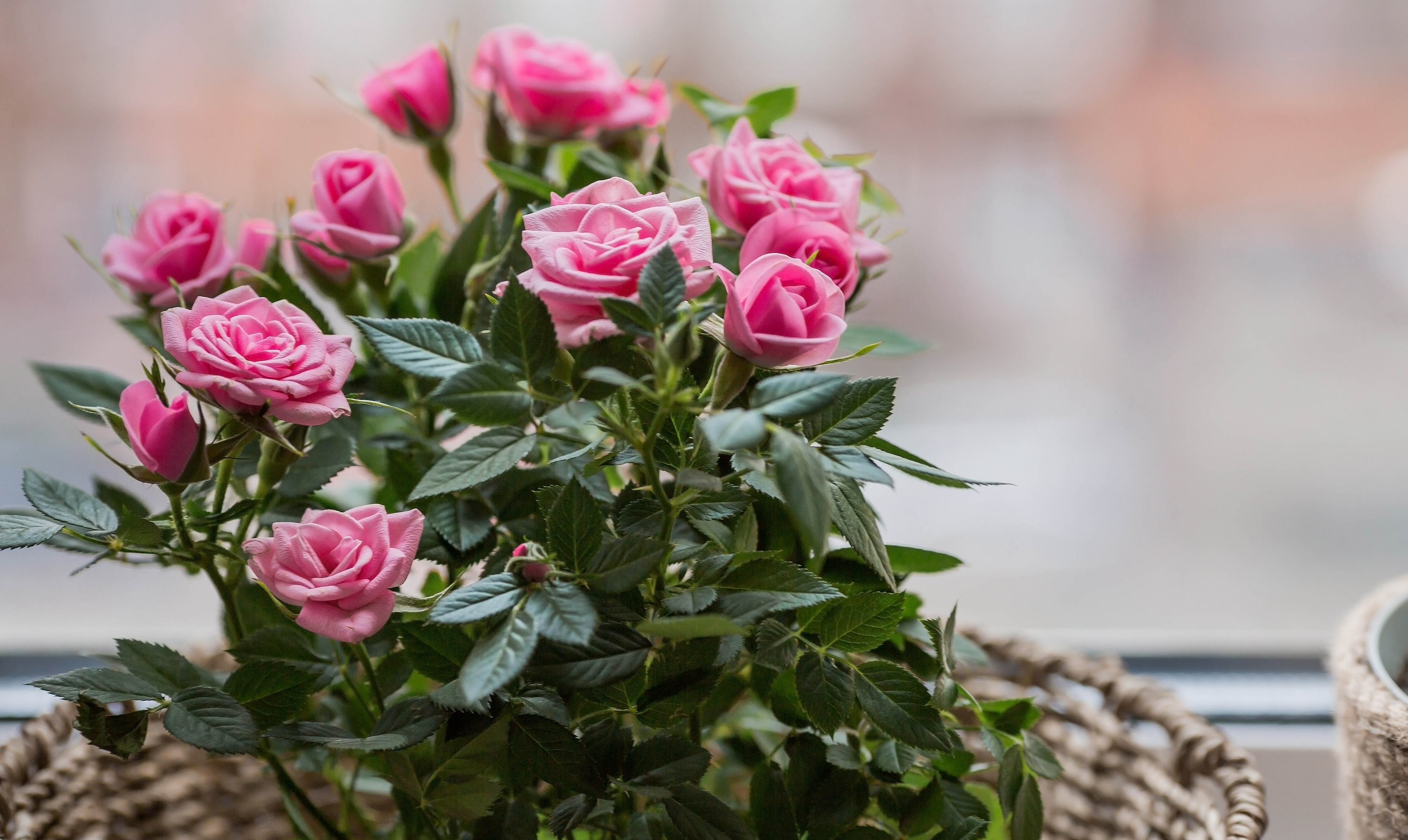 Miniature Roses Make for a Ravishing Houseplant in Your Home — Here’s How You Should Take Care of It
Miniature Roses Make for a Ravishing Houseplant in Your Home — Here’s How You Should Take Care of ItExpert advice on what you need to do to bring this flourishing bloom into your space
